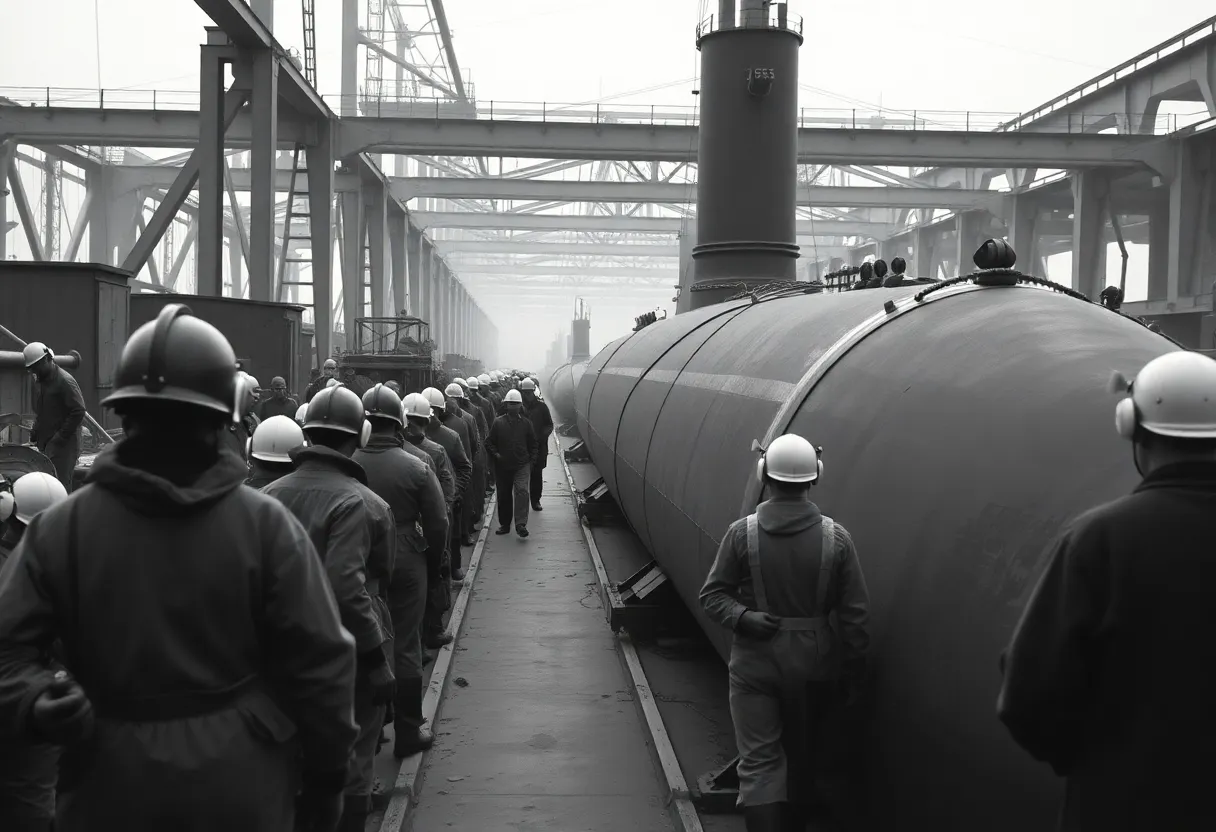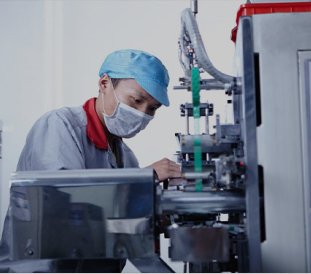News Summary
The General Dynamics Electric Boat Shipyard, renowned for its role in submarine manufacturing, has a troubling history of asbestos exposure leading to serious health issues among its workers. Established in 1899, the facility integrated asbestos into its construction processes, posing risks that have resulted in numerous cases of malignant mesothelioma and asbestosis. Despite compensation efforts, many affected individuals continue to seek justice against responsible asbestos manufacturers, highlighting the need for awareness and legal support for victims of asbestos-related diseases.
The Dark Legacy of Asbestos at General Dynamics Electric Boat Shipyard
General Dynamics Electric Boat Shipyard in Groton, Connecticut, has long been celebrated for its groundbreaking contributions to submarine manufacturing, most notably fabricating the world’s first nuclear submarine. However, this remarkable legacy is overshadowed by a disturbing history of asbestos exposure that has led to numerous health tragedies among its workers.
A History of Asbestos Use
From the early twentieth century, asbestos was standard in maritime construction, revered for its superior fire resistance, thermal insulation properties, and low cost. By 1922, it became a mandated material in U.S. Navy submarines, integrated into gaskets, insulation, packing, and tape.
Electric Boat Shipyard was established in 1899 and quickly rose to prominence in submarine manufacturing, beginning with the commissioning of the USS Holland in 1900. Over the years, the facility produced 85 submarines during World War I and 74 submarines during World War II, solidifying its role as the premier builder for the U.S. Navy.
Health Risks for Electric Boat Workers
Despite its accolades, the shipyard carries a grim legacy of occupational health risks primarily due to asbestos exposure. Workers consistently encountered materials that contained this toxic mineral, leading to an alarming number being diagnosed with malignant mesothelioma, asbestosis, and other asbestos-related diseases. It is estimated that each submarine constructed by Electric Boat contained about 60,000 pounds of asbestos thermal insulation, making it nearly impossible for workers to avoid exposure.
For decades, workers maintained and repaired submarines without adequate protective measures, often in tight, poorly ventilated spaces. This hazardous environment not only put employees at risk but also affected their families through secondary exposure, as asbestos fibers were carried home on work clothes, hair, and skin.
Consequences of Prolonged Asbestos Exposure
Research into the health ramifications of asbestos exposure at Electric Boat has been profound. Renowned asbestos researcher Dr. Irving J. Selikoff led a study of 1,000 employees and discovered that nearly half exhibited abnormalities consistent with asbestos-related diseases. A comprehensive mortality study of 1,918 long-term workers revealed elevated mortality rates from lung cancers and respiratory diseases.
This data paints a worrying picture: workers with eight years or more of experience faced elevated risks, especially those involved in overhaul and retrofitting operations. The high-density asbestos materials used in submarine construction, while deemed necessary at the time, have had deleterious effects that linger long after employment ends.
Legal Ramifications for Asbestos Exposure
While Electric Boat itself has largely been shielded from personal injury lawsuits due to the military context of its operations, many asbestos manufacturers that supplied the shipyard have faced legal challenges. These companies knowingly provided asbestos-containing materials and circumvented essential safety information, prompting victims of mesothelioma and other diseases to pursue legal claims against them.
In response to the asbestos crisis, General Dynamics Electric Boat established a “no-fault compensation fund” for employees experiencing occupational disabilities due to asbestos exposure. However, many affected individuals see that as insufficient compared to the pain and suffering caused by the reckless endangerment of their health.
What You Need to Know
For individuals who have worked at Electric Boat or served on submarines built there, it’s crucial to understand the potential health risks despite currently feeling fine. Symptoms of asbestos-related conditions typically have long latency periods, often taking 20 to 50 years to manifest. Awareness is key, as early symptoms can mimic less serious illnesses, leading to misdiagnosis.
Your Rights and Next Steps
If you or a loved one has received a mesothelioma diagnosis after working at Electric Boat, there may be eligibility for compensation. Victims can file personal injury lawsuits against responsible asbestos companies or claims against asbestos trust funds established by bankrupt manufacturers. Notable suppliers of asbestos-containing products include Atwood & Morrill, Babcock & Wilcox, and Owens Corning, among others.
Securing the help of an experienced attorney who specializes in mesothelioma cases can guide victims in navigating the complex legal landscape and to ensure they receive the justice and compensation they deserve.
The legacy of asbestos at General Dynamics Electric Boat Shipyard serves as a cautionary tale, reminding us that even celebrated industries can harbor grave risks. It’s imperative for former workers and their families to stay informed about their health and legal rights. Ignoring the implications of past exposures may have serious, long-lasting consequences.



















